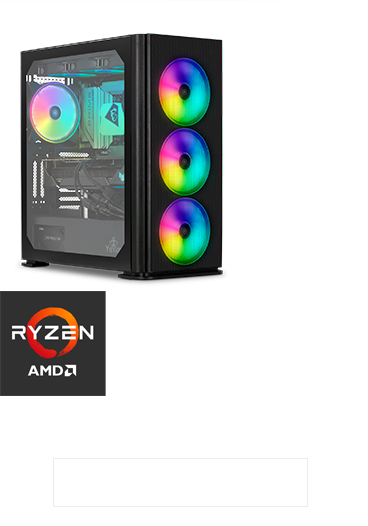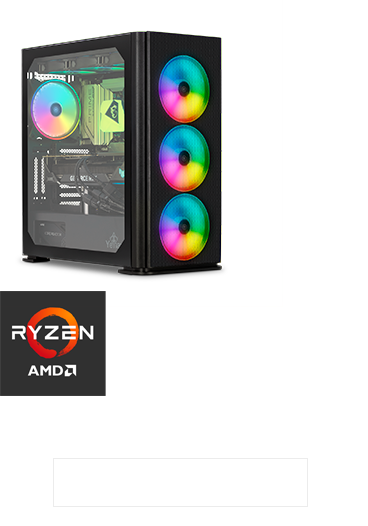What does the X3D stand for in the new Ryzen 7000X3D?
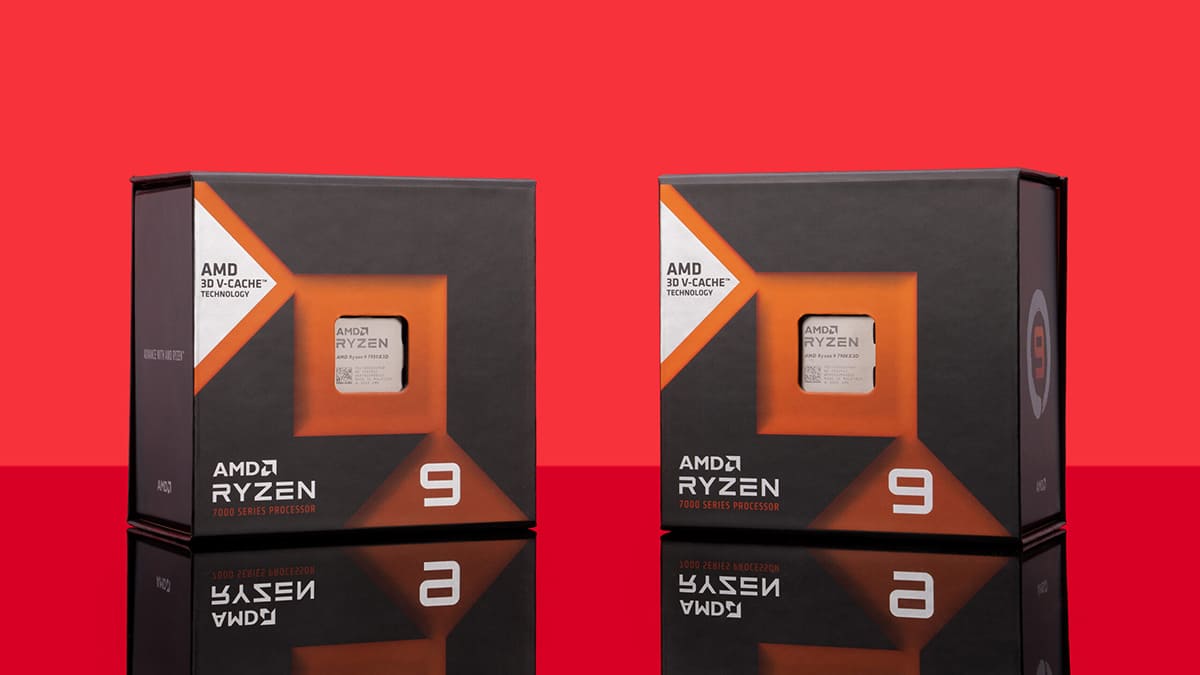
Ryzen processors are known for their high performance and value compared to other processors on the market. They are designed and manufactured by AMD, a company that has been a major player in the CPU market for many years. Ryzen processors are known for their multi-core performance, which means they can handle multiple tasks simultaneously without slowing down.
X3D is expected to build on the power of the 7000 series CPUs and extend it beyond the realm of current possibility with the new 3D caching technology. This can lead to better performance in a range of applications, including gaming, content creation and productivity in new pc builds. But what does the X3D stand for?
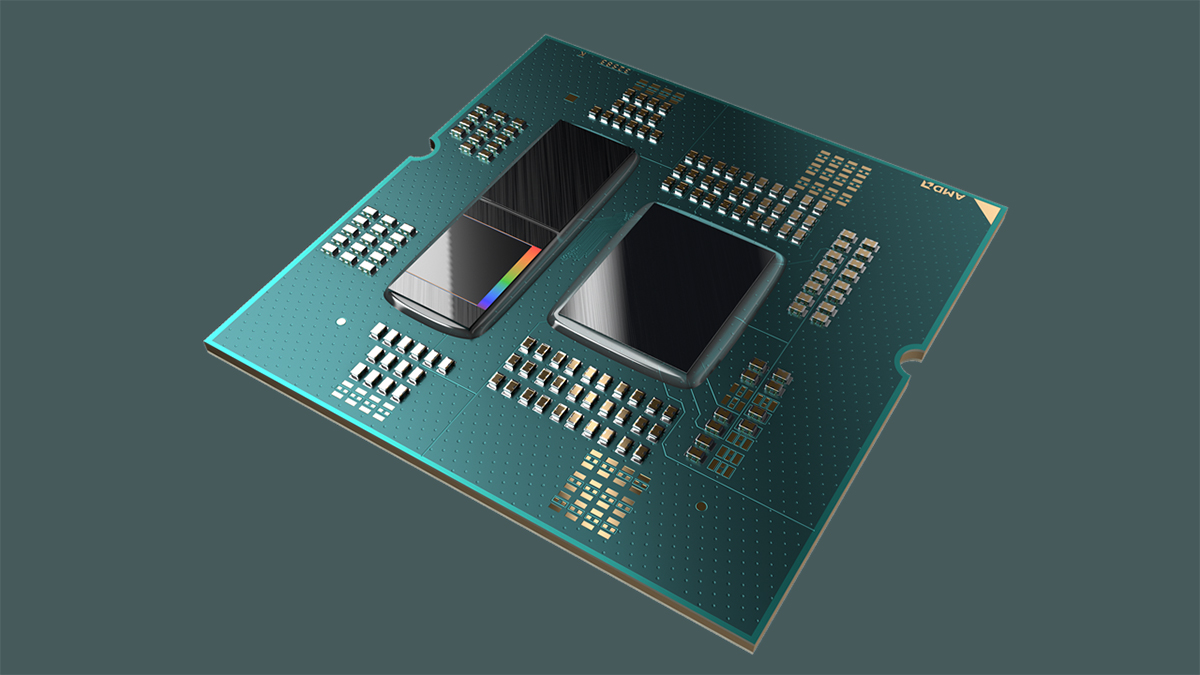
X3D is an abbreviation of the Extended 3D Technology (EXT), a feature found on some Ryzen CPUs. Ryzen X3D is the name given to AMD Ryzen CPUs that carry the new 3D V-Cache technology. V-Cache is a feature that utilizes a dedicated high-speed memory buffer to cache vertex data, which is used to improve the performance of 3D graphics applications. In particular, the 3D V-cache can improve gaming and creative workloads that require high memory bandwidth and low latency.
AMD Ryzen X3D technology first debuted on the AMD Ryzen 7 5800X3D, which was released on April 20th, 2022. Technically, Ryzen X3D is a technology, but that technology leads to physical chip changes.
The cache size of the 3D V-cache can vary depending on the processor model, so here are the specs for each of the AMD Ryzen X3D processors:
AMD Ryzen 7 7800X3D specs
- Architecture: Zen 4
- Core count: 8
- Thread count: 16
- Boost speed: 5.0GHz
- Cache: 104MB
- TDP 120W
Ryzen 9 7900X3D specs
- Architecture: Zen 4
- Core count: 12
- Thread count: 24
- Boost speed: 5.0GHz
- Cache: 140MB
- TDP 120W
Ryzen 9 7950X3D specs
- Architecture: Zen 4
- Core count: 16
- Thread count: 32
- Boost speed: 5.7GHz
- Cache: 144MB
- TDP 120W
As we can see, each CPU looks pretty normal until you notice the massive amount of CPU cache that each chip has. This new cache is mostly 3D V-cache, a newer cache stacking technology.
Ryzen processors are known for their high performance, energy efficiency, and value so it is possible that it could offer even better performance or new features compared to previous Ryzen models.
Here are some of the newest PCs featuring this monster processors:

